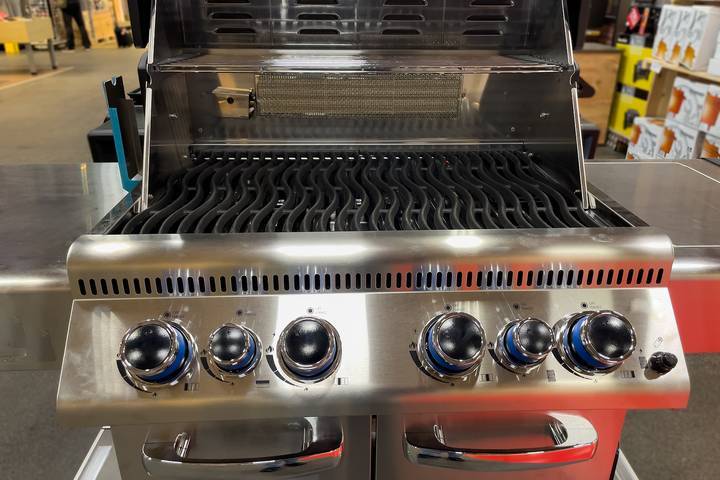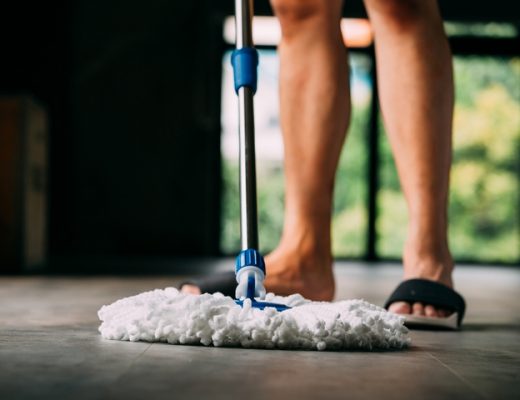Using a gas grill effectively involves more than just firing it up and throwing on some food. Preparation is key to ensuring your grill performs well and your food turns out delicious. Start by cleaning the grates thoroughly with a wire brush to remove any residue from previous grilling sessions.
This not only prevents food from sticking but also helps achieve those desirable grill marks that add to the presentation and flavor of your dishes.
Preheating Properly
Before you start cooking, it’s crucial to check for gas leaks. Inspect the gas hose and connections by applying a soapy water solution. If bubbles form, it indicates a leak that needs to be addressed before you can safely use the grill.
Once your gas grills are clean and leak-free, it’s time to preheat. Allow the grill to preheat for about 10-15 minutes with the lid closed. This ensures that the cooking grates are sufficiently hot for searing and prevents food from sticking during cooking.
Grilling Techniques
When it comes to grilling techniques, understanding how to manage direct and indirect heat is essential. Direct heat involves placing food directly over the flame, ideal for searing meats and vegetables.
Indirect heat involves turning off the burners under the food, allowing it to cook more slowly and evenly, perfect for larger cuts of meat or delicate foods that might burn over direct heat.
Seasoning and Marinades
Enhance the flavor of your grilled dishes by using proper seasoning and marinades. Dry rubs, consisting of herbs, spices, and salt, can be applied to meats before grilling to add depth of flavor and create a delicious crust.
Marinades, made with oil, acid (like vinegar or citrus juice), and seasonings, not only tenderize meat but also infuse it with flavors. Marinate meats for at least 30 minutes to several hours before grilling to achieve the best results.
Monitoring Doneness
Monitoring the doneness of your food is crucial to ensure it’s cooked to perfection. Invest in a meat thermometer to accurately gauge the internal temperature of meats, preventing undercooking or overcooking.
Different types of meat require specific internal temperatures for safe consumption, so refer to a temperature guide for best results. Allow grilled meats to rest for a few minutes after cooking to allow juices to redistribute, resulting in juicier and more flavorful meat.
Cleaning and Maintenance
Proper cleaning and maintenance are essential for keeping your gas grill in optimal condition. After each use, clean the grates while they are still warm to remove food particles and residue. Empty and clean the grease tray regularly to prevent grease buildup, which can lead to flare-ups.
Perform seasonal maintenance by inspecting and cleaning burners, igniters, and gas lines. Replace any worn-out parts promptly to maintain the grill’s efficiency and longevity.
Safety Precautions
Prioritize safety when using your gas grill. Position it in a well-ventilated outdoor area away from combustible materials, overhangs, and high-traffic areas. Handle propane tanks with care and store them in a cool, well-ventilated space.
Always check for gas leaks before connecting the tank to the grill using a soapy water solution. By following these tips and techniques, you’ll enhance your grilling skills, create delicious meals, and ensure a safe and enjoyable outdoor cooking experience for years to come.




